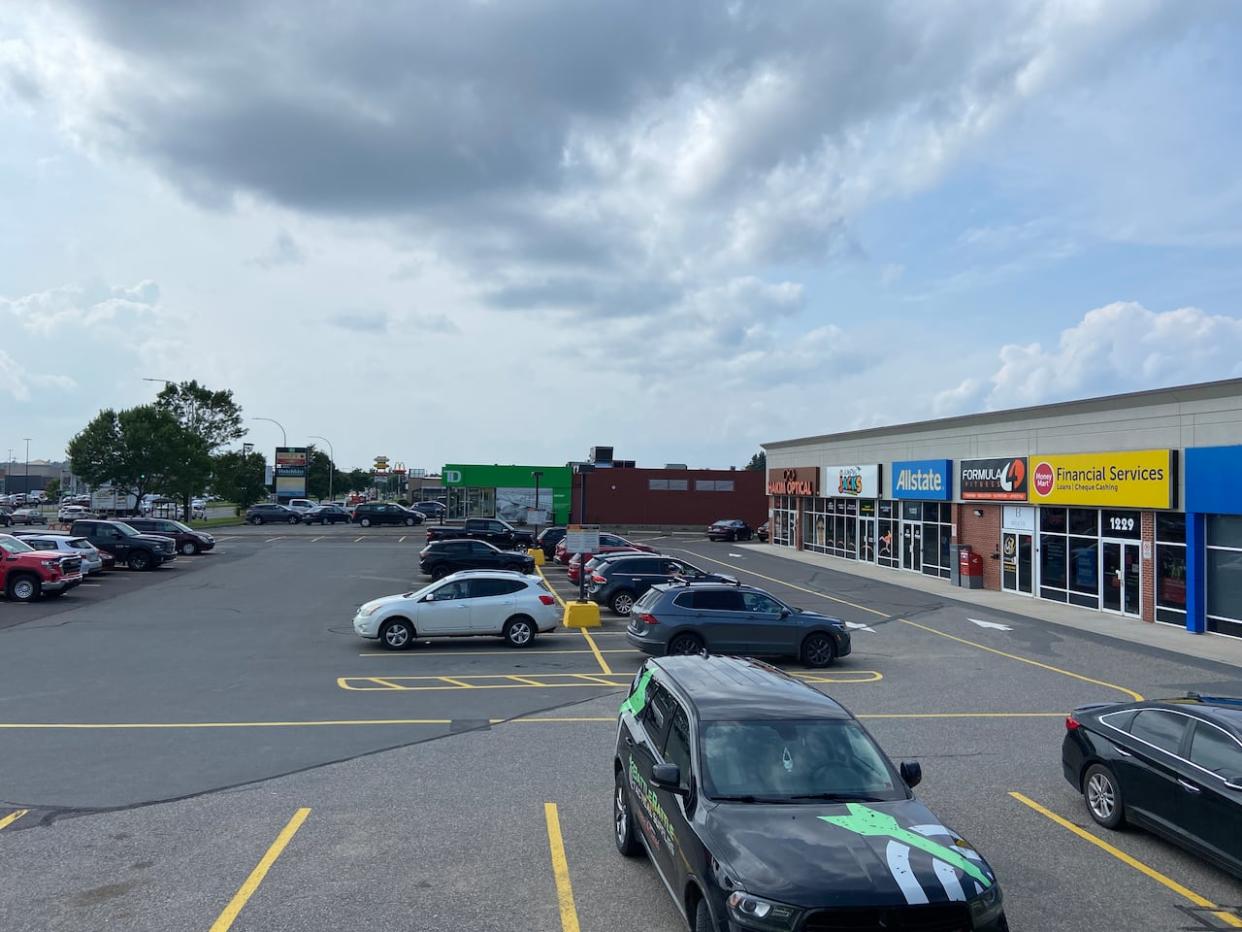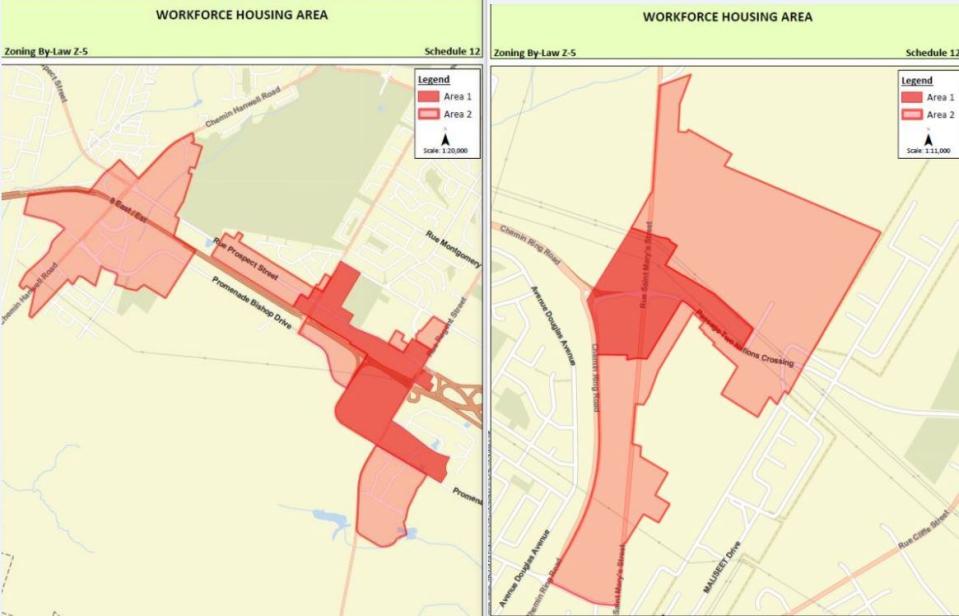Fredericton council votes to allow 'workforce housing' in commercial corridors

Fredericton councillors have approved zoning changes to allow the creation of housing units in parts of the city formerly reserved only for commercial uses.
The suite of changes given final approval at Monday night's meeting are aimed at creating "workforce housing" units along parts of the city's uptown commercial corridor, as well as the north-side commercial corridor.
It's one of several initiatives the city has moved forward on as part of its affordable housing strategy, aimed at creating more residential units by making zoning rules more flexible and donating city-owned land for development.
"When we meet with developers they're very much recognizing that … they have renters that are looking for sort of these modest builds," said Mayor Kate Rogers, speaking after the meeting.

Fredericton Mayor Kate Rogers says changes to allow workforce housing will help satisfy a part of the housing market that hasn't sufficiently been catered to. (Aidan Cox/CBC)
"And so for me that that's what this satisfies, is providing housing to a group of people that really haven't been the target market, and as a result, there's a real gap ... so we're we're hoping that this is going to fill that gap."
The corridor on the south side where residential units will be allowed includes areas around the intersection of Hanwell Road and Prospect Street, as well as Prospect Street between Smythe and Regent streets, Knowledge Park Drive and the Corbett Centre.
Areas where workforce housing can be built on the north side include parts of St. Mary's Street and Two Nations Crossing.
Part of the focus of workforce housing is allowing developers to create smaller units that are more affordable by design, said Ken Forrest, the city's director of planning.

The changes allow workforce housing in two sections of the city around Bishop Drive and Prospect Street, left, and St. Mary's Street and Two Nations Crossing. (City of Fredericton)
While the city often has minimum square footage for housing developments, the new zoning regulation will instead have a maximum to keep units smaller and encourage affordability.
"So we're enabling this kind of housing in this area, but the expectation then from the property owners is there are some rules in place to kind of make sure from a form perspective that those units lend themselves to enhanced affordability," Forrest said.
Desire from developers
Forrest said the city has already heard from more than a dozen developers who are interested in creating new housing in parts of the city's commercial districts.
He said he doesn't expect to see hundreds of new units in the first year but predicts a "steady supply" of workforce housing units will be created over time.

Fredericton planning director Ken Forrest says changes are expected to encourage developers to create low-cost rental units. (Aidan Cox/CBC)
He said some examples could include residential units that are built on top of a commercial space, or townhouses that are built behind a commercial building, as has already been done on Main Street.
"I think we're very optimistic that over time we'll see positive developments happen in those areas because I think people realize there are some real advantages to this kind of development in these areas," Forrest said.
"And I think it opens up a new opportunity for the city to address some of its housing challenges."


